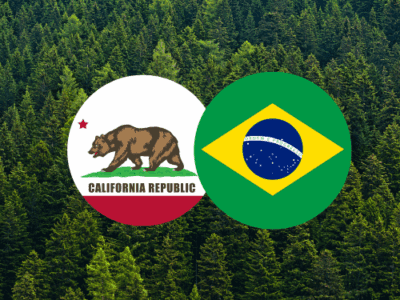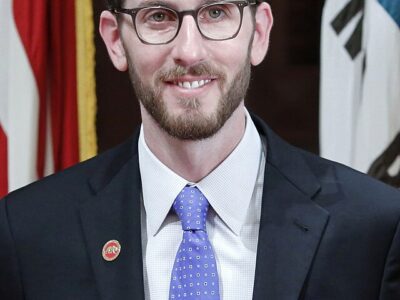Reinventing Parks & Rec.
We need to protect city parks, not just rural wilderness.
“The few green havens that are public parks” is a phrase from the Supreme Court’s opinion in the Overton Park case. The case involved a plan to build a highway through the middle of a major park in Memphis. The Court put a heavy burden on the government to justify the project:
“The few green havens that are public parks were not to be lost unless there were truly unusual factors present in a particular case or the cost or community disruption resulting from alternative routes reached extraordinary magnitudes. If the statutes are to have any meaning, the Secretary cannot approve the destruction of park land unless he finds that alternative routes present unique problems.”
Going to the park is a long way from unmediated contact with Nature, but for many city dwellers, it may be their first and most accessible taste of nature. Some children on school tours of the Oakland parks have rarely seen trees before. Besides giving people some sense of contact with the natural world, parks are also important because they offer unique opportunities for exercise and recreation.
A new study by RAND shows that we have a long way to go in bringing the public into the parks. It’s also a trove of information about parks. There are a lot more parks than you might imagine. RAND reports that “[m]ore than 9,000 park and recreation departments manage more than 108,000 public parks and 65,000 indoor facilities across the United States.” There’s a gender gap among the young — girls are only 40 percent of children and 35 percent of teens in parks. This is only one of the disparities in park use: Seniors are 20% of the population but only 4% of park users. Parks are less in low-income than in high-income neighborhoods, largely explained by fewer supervised activities and marketing/outreach efforts. RAND found that relatively small expenditures on park equipment and outreach could have big benefits.
The relative neglect of parks is especially unfortunate because there seems to be significant evidence of positive health effects of green spaces, including mental health effects. A major epidemiological study found that people living in green places — that is, people who had the most vegetation within 800 feet of their homes — had a 12% lower mortality rate from any non-accidental cause than people living in the least green places. They attributed the difference to improved mental health, social engagement, and level of physical activity, combined with lower exposure to air pollution.
By all means, let’s save wilderness. But let’s not forget the parks. There’s some evidence that people who use parks more place a higher value on forests and wilderness, too. So there could be some real synergy here.
Reader Comments
2 Replies to “Reinventing Parks & Rec.”
Comments are closed.






“found a female gender gap in park use that was most pronounced among children and teens, with females representing only 40 percent of children and 35 percent of teens observed.”
And? I don’t want my young daughter or my teenage daughter hanging out in a park for a variety of safety and social reasons.
Dan, by coincidence, I took the Greater Good Science Center Awe Quiz and my score was 75 out of 75, indicating a high level of awe.
My wife/Cal classmate and I agree wholeheartedly with GGSC’s recommendations and reasons to emphasize awe as a major part of our daily lives.
In fact we have exercised at the San Diego Zoo five to six days a week since I retired in 1999, also taking one or both of our granddaughters with us at least once a week over the last six years since they were born, because we believe it is one of the most awesome botanical gardens with animals in the world. The hill climbing exercise and sharing our thoughts with others at the zoo are some of the most important things we can do for physical and psychological maintenance. I am 78 and in terrific health as a result. In fact, by wonderful coincidence, there are a couple other Cal grads we talk to there also.
So now you know why I am so motivated to commenting on BB and LP blogs, to the point where I have been told I am referred to as a troll several times by professors and scholars at Cal, but I don’t really care whether I am marginalized or not, as long as I can do my best to make a difference for the sake of producing an acceptable long-term quality of life for our newest and all future generations.
Again, Thank You to Legal Planet, Berkeley Blog, CALIFORNIA magazine and Greater Good for all of your efforts to achieve the same goals I am dedicated to achieving for the rest of my life:)